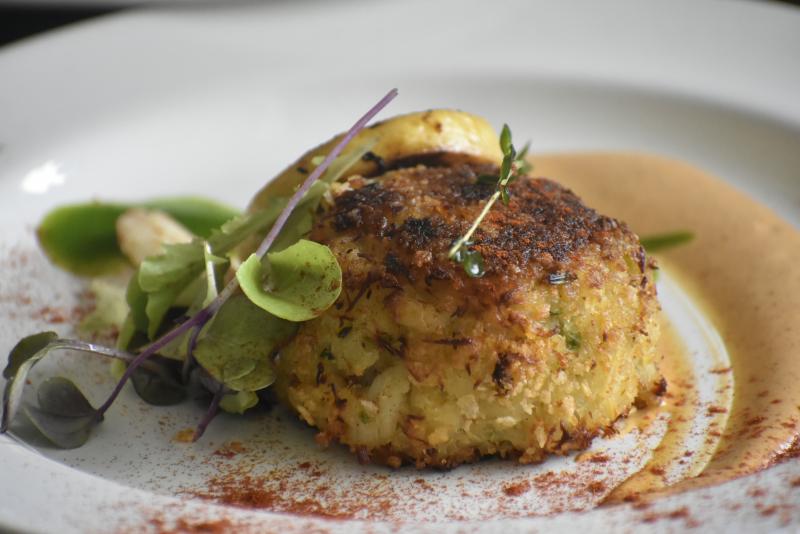
Last week's hearings on the tragic sinking of the ill-fated fishing vessel Scandies Rose have raised questions about the stability booklet requirements for crab boats, which are routinely exposed to severe freezing spray in Alaskan waters. Many crab boat sinkings have been blamed on ice buildup and loss of stability over the decades, but the U.S. Coast Guard design standard for ice accumulation relies on an IMO rule that was not formulated with crab vessels in mind - leading several naval architects who testified last week to question whether it is time for a revision.
Working crab boats head out to their fishing grounds laden with hundreds of pots - steel-framed rectangular traps with mesh webbing - stacked high on deck. When pots are hit with freezing spray, they have a tendency to load up with ice on the mesh and inside the pot. IMO guidelines for vessel design specify how much ice weight the ship must be able to handle, so long as the ice is all applied evenly and only to the outside of the superstructure - not if it accumulates on one side of the vessel, and not if it builds up in solid masses inside a stack of crab pots.
On the night of December 31, the Scandies Rose departed from Kodiak, headed west to start her Bering Sea snow crab season. She had about 195 crab pots on deck, and they were not covered with tarps. At about 2200 hours, she took on a heavy list, and the master made a mayday call to Air Station Kodiak. Crewmembers Dean Gribble and Jon Lawler managed to get their immersion suits on and get on deck; they were washed off the side by a wave as the vessel went down, according to Lawler, and they climbed aboard a liferaft that popped up from the sinking boat. They waited in the raft until a Coast Guard helicopter reached them and pulled them to safety. The remaining five crewmembers were lost at sea, including the captain.
In testimony last week, Lawler told a Coast Guard Marine Board of Investigation that during his watch, several hours prior to the sinking, there was no icing on deck of any significance. However, the forecast that night called for heavy freezing spray. Oystein Lone, the captain of the Pacific Sounder, told the hearing that he spoke to the master of Scandies Rose the night of the casualty; skipper Gary Cobban, Jr. told him that he had icing on one side and a 20 degree list.
On Thursday, three naval architects told the Coast Guard board that they have misgivings about the stability booklet formula for icing conditions. The booklet limits how many crab pots a boat may legally carry, and the current formula is based on the IMO standard for vessels of all kinds. That standard may not apply to crab pots, according to a test that the U.S. Coast Guard recently carried out aboard the icebreaker Polar Star. In the test, the Polar Star's crew hosed down one crab pot with water to see how much it would weigh after icing. The 1,000-pound pot exceeded the capacity of the ship's 3,000-pound scale when frozen up, thanks to solid ice inside and out.
"We really don’t and didn’t have any good information on how a crab pot ices, so we used the IMO criteria, which says use the outside of the crab pot. And a crab pot isn’t really a box. It’s this sieve that collects ice all through it," said Bud Bronson, a naval architect who has designed crab boats (but not Scandies Rose).
Bronson - along with fellow naval architects Paul Zankich and Jonathan Parrott - told the Coast Guard panel that the industry needs better data and better rules to guide stability criteria for crab boats.
“If you’re a crabber, you have to believe the Coast Guard standards, you have to believe the IMO standards, [and] you have to believe your naval architect,” said Zankich. "[Naval architects] rely upon the Coast Guard standard and the IMO standard. And honestly, I don’t believe those standards now.”
The Link LonkFebruary 28, 2021 at 11:37PM
https://ift.tt/3kD0Z8b
Scandies Rose Investigation Takes a New Look at Crab Boat Stability - The Maritime Executive
https://ift.tt/2MkGRbk
Crab

No comments:
Post a Comment